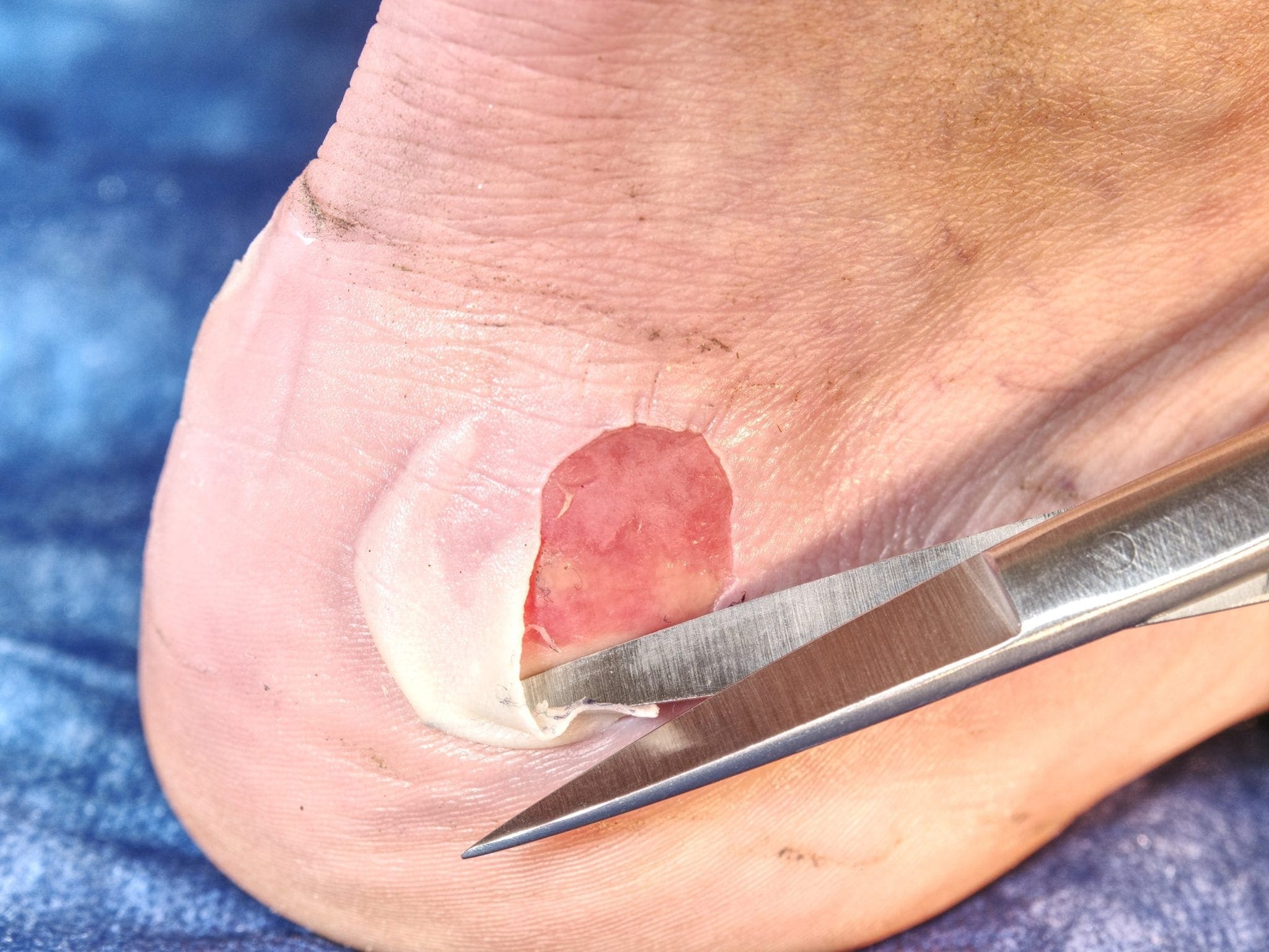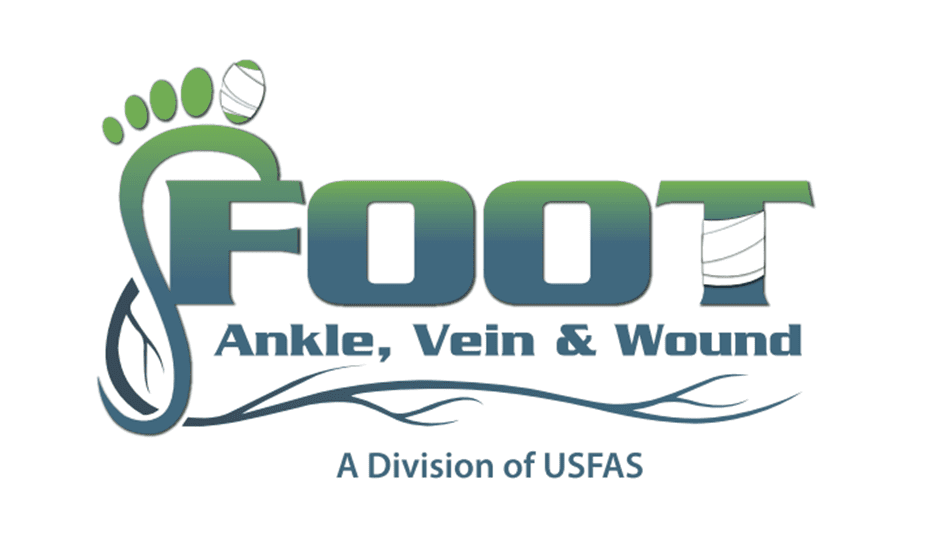
It happens to all of us. Whether you’re an athlete, an avid walker or just have been walking too long in wet shoes, blisters happen to the best and the most of us.
However, since it is such a common foot and ankle injury, it is hard to distinguish when or if you have to schedule a visit to the podiatrist to take care of something so—what may seem—minimal.
Especially if you’re an athlete that has a lot of running in your sport or you’re trying to break into new shoes, it’s quite common to run into a blister.
When you run into a blister problem, there are two things you need to figure out:
First, you will have to be able to determine whether or not it’s infected.
Second, as the “owner” of the blister, you also have to determine whether it’s such a pressing matter that you have to head to do your doctor or if you are going to be able to treat it at home.
To help you determine the first question, we’re going to dictate the differences between an infected blister and an “un-infected” one. Although most blisters are tender and often painful, you can easily tell if it’s infected if it shows any of these symptoms.
With clean, just-washed hands, go through and feel if the blister or the surrounding skin is:
- Feeling warmer than the rest of your skin
- Painful to the touch
- Oozing out a bit of pus
- It is not healing after quite a long time—at all
- Emitting a foul, unpleasant smell
- Contains holes or peeling skin
- Bleeds to the touch
- Swollen or raised up higher than the surrounding area
What’s The Most a Blister Can Do?
You might be thinking that a blister can’t possibly cause too much of a problem if left on its own.
However, if the blister is left untreated—especially if it already is showing signs of infection, the infection can actually spread out to various parts of your body. A spreading skin infection can also develop—called cellulitis. Once (hopefully not) it hits your lymph nodes, you can be putting your entire life in danger, simply from an untreated blister.
This spread of infection can also release harmful chemicals by your immune system, which can make your body go into septic shock.
So, if you think that blisters can’t possibly do you any harm—you’re sadly mistaken!
When Should I Take My Blister Seriously?
Especially if you are an athlete and often have blisters, you will need to know when you should make that doctor’s appointment to have it checked out.
The main rule here is to not let it get infected. However, if an infection has already begun, you should see your doctor immediately.
In urgent cases, if you notice a red streak going up your leg, this is the main symptom of cellulitis. A trip to the emergency room can help stop the spread of the infection, and hopefully, save your life!
The common symptoms that require or should point you to a doctor are if you feel:
- The chills
- A fever coming on without sickness
- Body aches all over
- A stubborn blister that doesn’t heal
Before you head to the doctor, we’ll give you a heads up on certain treatments that he or she will try.
Treatment for Infected Blisters
Your doctor, in extreme cases, might need to perform a skin biopsy, to help recognize the cause of the infection and which actions to take afterward. Once they know the underlying cause, they’ll be able to prescribe antibiotics, which can be taken orally or topically or they’ll prescribe antifungal medications, which also can be taken orally or topically.
Before they send you on your way, however, they may even drain the blister of its pus. This should be a procedure done by a medical professional since doing it on your own may even make it worse.
Home-Treatments for Infected Blisters
If you’re willing to do everything to avoid the doctor or want immediate treatment now, at home. You can try these home remedies:
First, clean the blister. In your bathtub, place the blister and area directly underneath warm (not scorching hot) water. Use soap to rinse it out—but make sure your hands are also clean! You can do this two times a day.
Once you’ve cleaned the wound, soak it in warm water with a teaspoon of salt. Salt has amazing healing properties that can help alleviate pain and clean wounds.
Once the blister has been properly cleaned and soaked, you can then treat it with a topical, antibiotic ointment. These over-the-counter creams can help fight infections (like Neosporin).
If the pain is just too much, you can take an anti-inflammatory over-the-counter oral medication, like Ibuprofen.
Once you’ve treated your blister, you can apply a moleskin to help keep it intact (if the blister is still intact). This is also known as a second skin. Once you’ve done that, keep it taped down with a piece of gauze or tape that can hold it in place while training or walking around.
If you’re dealing with an already ruptured blister, you should place the antibiotic ointment over the blister, not inside. If the outer layer of skin is flapping around, you can cut it off carefully with clean, medical scissors (try not to cut too close to the skin).
When is it time to see the doctor?
Although it may seem that blisters aren’t that much trouble, they can lead to much more impacting ailments. If your blister is infected or shows no signs of healing, contact us immediately and come in for an appointment.

